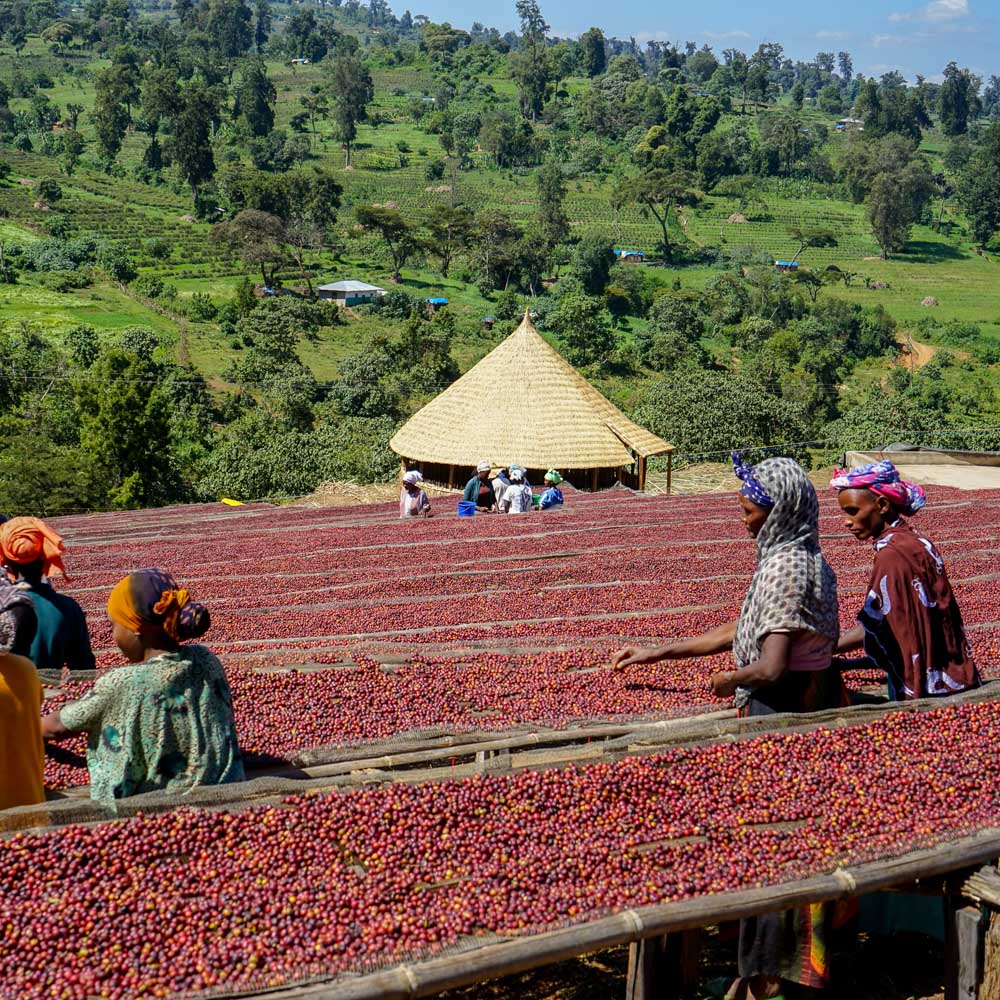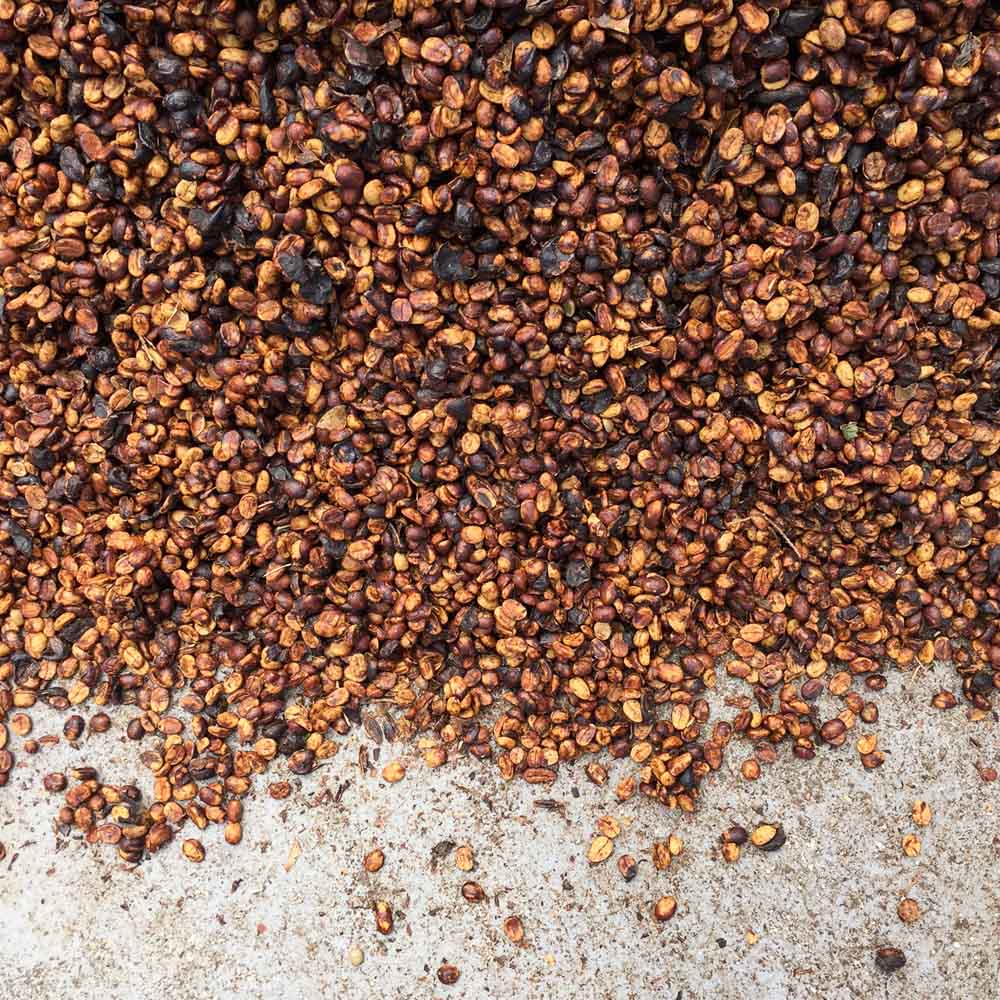Hey, again friends, it's been a little while. Nice to see you...
Enough small talk. Let's jump in!
Everything we have discussed thus far has been about attributes within the coffee seed because of what they are or where they grow. Let's take a step now toward the beginning parts of human interaction with the coffee fruit.
In selective picking, harvesters only collect supremely ripe fruits. The underripe cherries are left behind to continue maturing. Other less desirable fruits, perhaps overripe or those attacked by the coffee borer beetle, are left out. The more selective pickers are about gathering, the higher quality the coffee is in the end.
This could cause higher pricing on those coffees, but hand picking is not unique to coffee. Most fruits must be picked by hand. Think about a machine picking tomatoes. How about blueberries, watermelons, or pumpkins? It doesn't work. The structure is too delicate. Coffee isn't going to be rendered useless by a machine as a tomato plant would, but the tree will be damaged in the process.
After the coffee is picked, it enters the stage we label as "processing." Processing includes a few stages: sorting (to remove more sticks or underripe fruit), pulping (getting rid of the fruit's skin), fermenting (a natural process which breaks down sugars and mucilage), and drying. There are several ways in which coffee can be guided through these stages, having a dramatic impact on flavor. The two most common are washed and natural. They are also the most different in flavor. Here is a quick rundown:
Washed - The cherry is picked and placed in water where sticks and underripe fruit float to the surface and are skimmed off. Still, in water, the coffee is depulped and moved into cement fermenting tanks (12-24 hours). After fermentation, the mucilage is rinsed away and the coffee is moved onto drying beds (2-20 days). The washed method is historically new and is used to produce about 90% of the world's coffee. We would consider the flavors here to be more "classic," typically achieving greater clarity, which creates bright notes and a clean finish.
 Natural (sundried) - The cherry is picked and kept intact to dry (2-3 weeks). Fermentation and drying are done together. After fermentation, water removes hull and parchment. This stage uses little water but requires attention to ensure mold doesn't occur during drying. Because the fruit is kept intact, the seed retains more sweetness, strong berry notes, and a heavier body. Brightness could be overshadowed by heavy sugars, which could mean less clarity.
Natural (sundried) - The cherry is picked and kept intact to dry (2-3 weeks). Fermentation and drying are done together. After fermentation, water removes hull and parchment. This stage uses little water but requires attention to ensure mold doesn't occur during drying. Because the fruit is kept intact, the seed retains more sweetness, strong berry notes, and a heavier body. Brightness could be overshadowed by heavy sugars, which could mean less clarity.

Pulped Natural (honey processed) - This process lands between the other two methods and seems complicated, but it's simple. The cherry is pulped, but the mucilage is left on through drying. The guys at the Perfect Daily Grind spelled it out like this"Some will have less mucilage and dry quicker. Others will have more mucilage and need longer to dry. Yellow honey (approx. 25% mucilage) typically has the least cloud/shade cover during drying in order to speed up the drying time and will gain a yellow color. Red honey (approx. 50% mucilage) takes longer and is typically developed with cloud cover or shading. Black honey (approx. 100% mucilage) is usually covered so as to elongate the drying period." Pulped natural processing gives a balance between the two flavor characteristics of natural and washed. You can achieve some of the heavy, sweet berry tones while retaining greater clarity, which allows us to perceive brighter acids.

A lot happens during the few weeks of processing, including weird science within the fermentation process. Producers are beginning to experiment with the aspects of this important stage. Some are even isolating and controlling the yeast introduced to the lots. Fermenting and drying are separate from the aspects of growing, yet they are dependent on one another. The processing adds another layer to what happened on the tree. It is an extremely hands-on procedure in which great care must be taken to ensure the coffee tastes great on the other end. We must continue with this same care as we roast and brew.
